Higher-fidelity 3D content and next-generation AR experiences take more computing power than most modern AR headsets and mobile devices can handle. But Nvidia is introducing a new cloud-based solution to address that need that will stream AR content to modern devices.
During a keynote presentation at the Los Angeles Convention Center delivered as a lead-in for Mobile World Congress in Los Angeles, Nvidia CEO Jensen Huang revealed his company's new AR software.
- Don't Miss: Magic Leap One Teardown Reveals Sophisticated Hardware with Shortish Shelf Life & Low Repairability
The CloudXR SDK makes it possible for app developers to run high-resolution 3D content on mobile devices, AR headsets, and smartglasses that would otherwise require desktop computing power.
The platform enables devices running mobile processors to transmit head pose and other positioning data to Nvidia servers, where CloudXR renders the 3D content for display in the user's real-world environment and beams it back to the on-device application.

To demonstrate CloudXR's capabilities, Huang and his team displayed a detailed 3D replica of a prototype McLaren Senna sports car -- which "retails" for nearly $1 million -- in augmented reality using a smartphone and Verizon's 5G network.
The experience was delivered through an app developed with the CloudXR SDK with 3D content built via Autodesk VRED 3D design software and streamed via a virtual machine hosted on an Nvidia Quadro RTX 8000 server.

Among average tech consumers, the name Nvidia bears an association with its graphics chips for PCs and mobile devices, a reputation that seems to be driving the company's newer opportunities as a solution to run AR hardware. Currently, its Tegra processor crunches the spatial computing content for the Magic Leap One.
And the company has begun to branch out into other areas of the AR hardware ecosystem as well. Over the past two years, Nvidia researchers have published reports documenting their innovations in the realm of near-eye displays and dynamic focus eye-tracking systems.

But it's really the software that assists developers in taking advantage of its hardware. Nvidia has already introduced its Drive AR platform to enable car and accessory markers to build augmented reality apps for automotive AR displays.

With CloudXR, Nvidia expands its reach toward the devices that will deliver AR experiences in the near-term. So while AR headsets like HoloLens 2 and Magic Leap One are powerful on their own, they are still constrained by mobile processors. Microsoft solves this via its own Azure cloud service, but Nvidia provides another option outside of the Microsoft ecosystem.
Moreover, mainstream AR apps, for now, are the province of iPhones, iPads, and Android devices. CloudXR gives developers the ability to punch above the mobile AR weight class now rather than later when more powerful and portable AR devices are the norm.
Just updated your iPhone? You'll find new emoji, enhanced security, podcast transcripts, Apple Cash virtual numbers, and other useful features. There are even new additions hidden within Safari. Find out what's new and changed on your iPhone with the iOS 17.4 update.
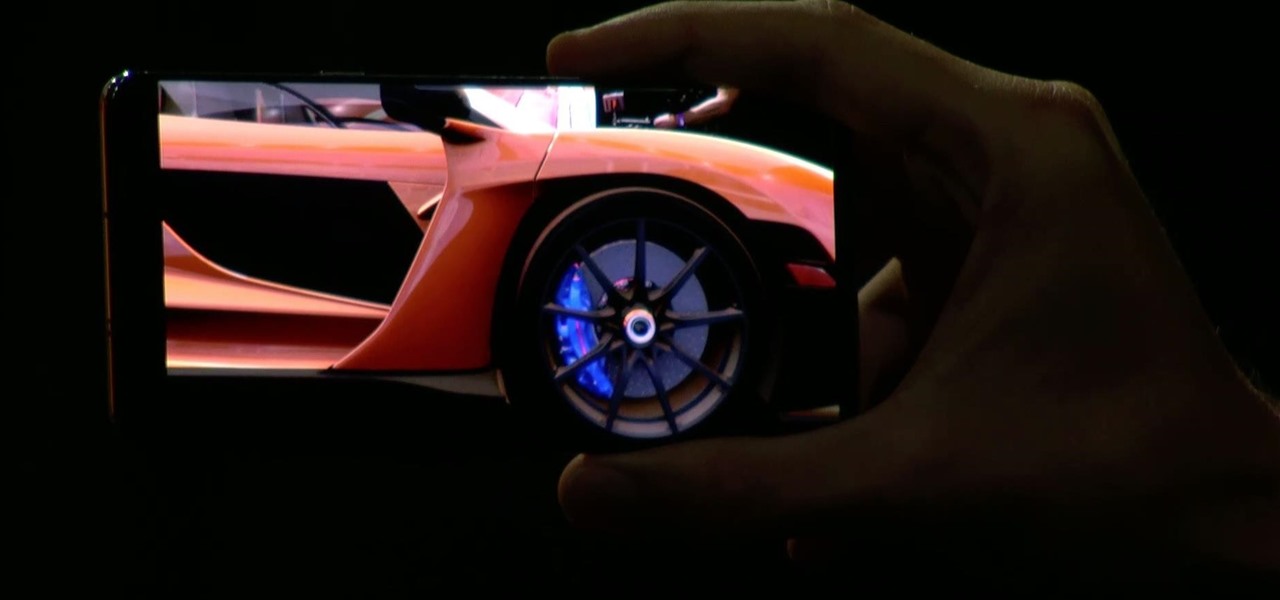







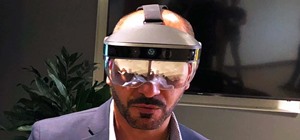




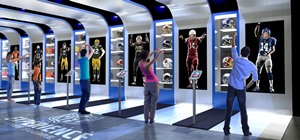






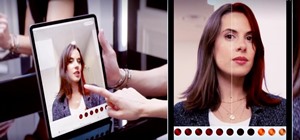


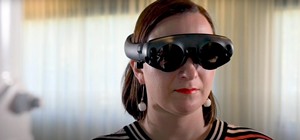

Be the First to Comment
Share Your Thoughts